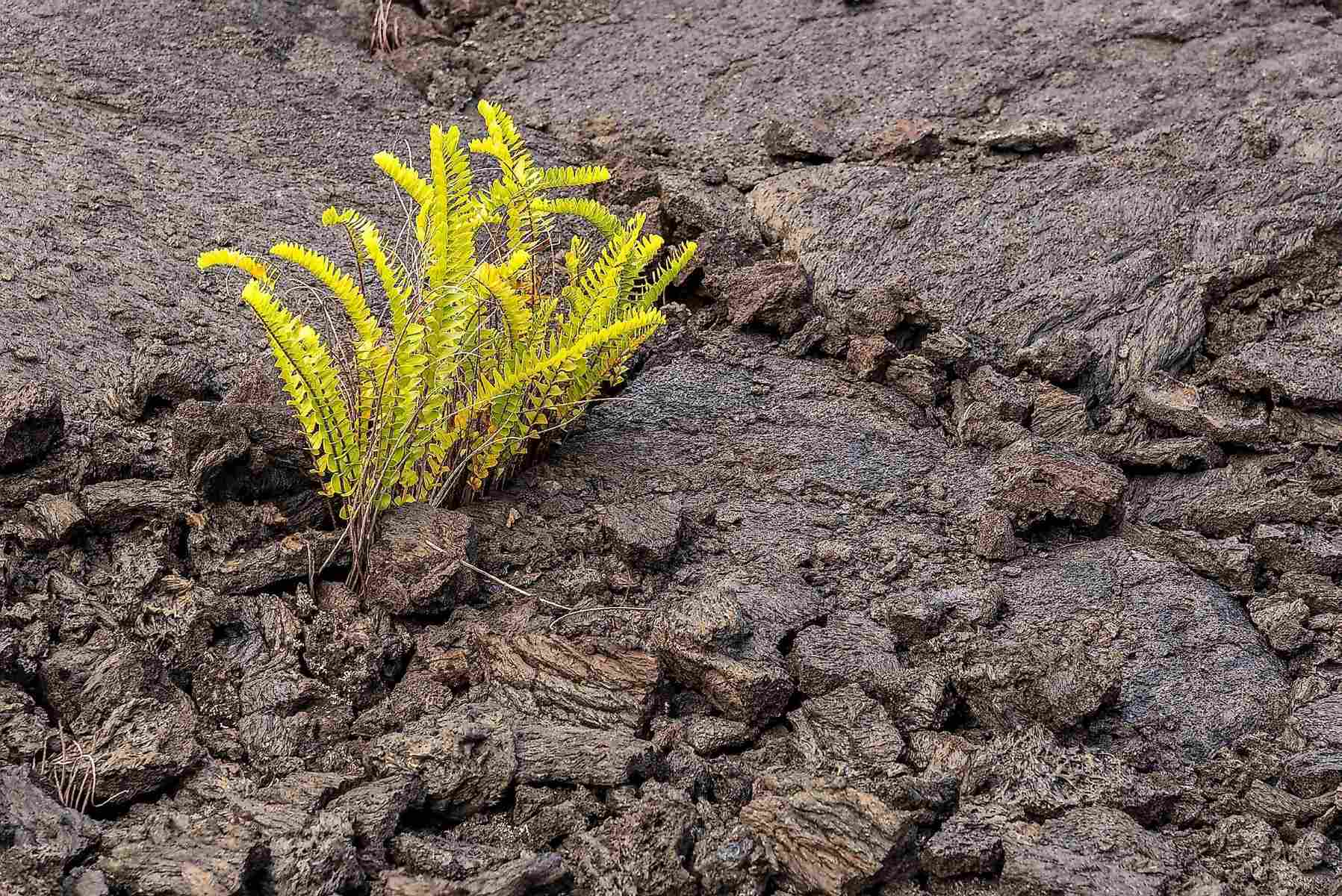
Ecological succession is a natural process where ecosystems change and develop over time. But what exactly does this mean? It's the gradual replacement of one community by another until a stable, mature ecosystem is established. This process can take years, decades, or even centuries. Imagine a barren landscape slowly transforming into a lush forest. Primary succession starts from scratch on bare rock or sand, while secondary succession happens in areas where a disturbance has occurred but soil remains. Understanding these changes helps us appreciate nature's resilience and adaptability. Ready to dive into some intriguing facts about ecological succession? Let's get started!
What is Ecological Succession?
Ecological succession is a natural process where ecosystems change and develop over time. This transformation can be observed in various environments, from forests to oceans. Here are some fascinating facts about this dynamic process.
-
Primary Succession: This type of succession starts on bare rock or sand where no soil exists. It often begins after a volcanic eruption or glacier retreat.
-
Pioneer Species: These are the first organisms to colonize barren environments. Lichens and mosses are common pioneers, breaking down rock into soil.
-
Secondary Succession: Occurs in areas where a disturbance has destroyed an existing ecosystem but left the soil intact, like after a forest fire or hurricane.
-
Climax Community: The final stage of succession where the ecosystem becomes stable and can sustain itself. This stage can last for hundreds of years.
-
Biodiversity Increases: As succession progresses, the variety of species in an ecosystem increases, leading to greater biodiversity.
Stages of Ecological Succession
Understanding the stages of ecological succession helps in grasping how ecosystems evolve over time. Each stage brings unique changes and developments.
-
Nudation: The initial stage where an area becomes devoid of life due to a disturbance.
-
Invasion: Pioneer species start to colonize the barren area, initiating the process of succession.
-
Competition: As more species arrive, they compete for resources like light, water, and nutrients.
-
Reaction: The environment begins to change due to the activities of the organisms living there, such as soil formation.
-
Stabilization: The ecosystem reaches a point where the species composition remains relatively stable.
Factors Influencing Ecological Succession
Several factors can influence the rate and direction of ecological succession. These factors can be biotic or abiotic.
-
Climate: Temperature and precipitation play a significant role in determining the types of species that can survive in an area.
-
Soil Quality: Nutrient-rich soil can support a wider variety of plant species, speeding up succession.
-
Disturbances: Natural events like fires, floods, and storms can reset succession, creating opportunities for new species to colonize.
-
Human Activities: Deforestation, pollution, and urbanization can drastically alter the course of succession.
-
Species Interactions: Predation, competition, and symbiosis among species can influence which organisms dominate an ecosystem.
Examples of Ecological Succession
Real-world examples help illustrate how ecological succession unfolds in different environments.
-
Mount St. Helens: After the 1980 eruption, primary succession began on the barren landscape, with lupines being among the first plants to appear.
-
Abandoned Farmland: When farmland is left uncultivated, secondary succession starts with grasses and weeds, eventually leading to shrubs and trees.
-
Coral Reefs: After a coral bleaching event, new coral species can colonize the area, leading to a different community structure.
-
Urban Areas: Vacant lots in cities can undergo succession, starting with weeds and grasses, eventually supporting shrubs and small trees.
-
Glacier Bay, Alaska: As glaciers retreat, primary succession occurs, starting with pioneer species like lichens and mosses, followed by alder and spruce trees.
Importance of Ecological Succession
Ecological succession is crucial for maintaining healthy ecosystems and biodiversity. It also provides insights into how ecosystems recover from disturbances.
-
Habitat Creation: Succession creates new habitats for various species, promoting biodiversity.
-
Soil Formation: Pioneer species break down rock into soil, making it possible for other plants to grow.
-
Nutrient Cycling: Different stages of succession contribute to nutrient cycling, enhancing soil fertility.
-
Ecosystem Stability: Mature ecosystems are more stable and resilient to disturbances.
-
Climate Regulation: Forests and other mature ecosystems play a role in regulating the Earth's climate by sequestering carbon dioxide.
Human Impact on Ecological Succession
Human activities can significantly impact ecological succession, often leading to negative consequences for the environment.
-
Deforestation: Removing trees disrupts succession, leading to soil erosion and loss of biodiversity.
-
Pollution: Contaminants can alter soil and water quality, affecting the types of species that can survive.
-
Urbanization: Building cities and infrastructure can permanently change the course of succession.
-
Agriculture: Farming practices can either hinder or help succession, depending on how the land is managed.
-
Conservation Efforts: Protecting natural areas and restoring damaged ecosystems can support healthy succession.
Interesting Facts About Ecological Succession
Here are some additional intriguing facts about ecological succession that highlight its complexity and significance.
-
Microbial Succession: Even microorganisms undergo succession, with different species dominating at various stages of decomposition.
-
Marine Succession: Succession also occurs in marine environments, such as when new volcanic islands form underwater.
-
Fire-Adapted Species: Some plants have evolved to thrive in environments where fire is a regular occurrence, playing a role in secondary succession.
-
Succession in Space: Scientists are studying how succession might occur on other planets, like Mars, to understand how life could potentially develop there.
Nature's Ever-Changing Tapestry
Ecological succession shows how dynamic nature can be. From barren landscapes to thriving ecosystems, this process highlights the resilience and adaptability of life. Primary succession starts from scratch, while secondary succession rebuilds after disturbances. Both processes are vital for maintaining biodiversity and ecosystem health. Understanding these natural changes helps us appreciate the intricate balance within our environment. It also underscores the importance of conservation efforts to protect these delicate systems. By recognizing the stages and factors influencing succession, we can better support and preserve the natural world around us. Nature's ability to recover and transform is truly remarkable, reminding us of the interconnectedness of all living things. So next time you see a forest or meadow, remember the incredible journey it took to get there.
Was this page helpful?
Our commitment to delivering trustworthy and engaging content is at the heart of what we do. Each fact on our site is contributed by real users like you, bringing a wealth of diverse insights and information. To ensure the highest standards of accuracy and reliability, our dedicated editors meticulously review each submission. This process guarantees that the facts we share are not only fascinating but also credible. Trust in our commitment to quality and authenticity as you explore and learn with us.


